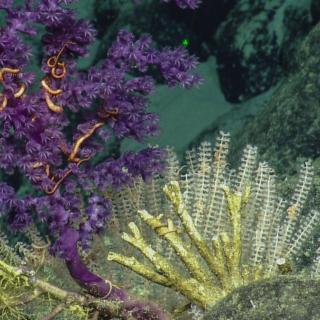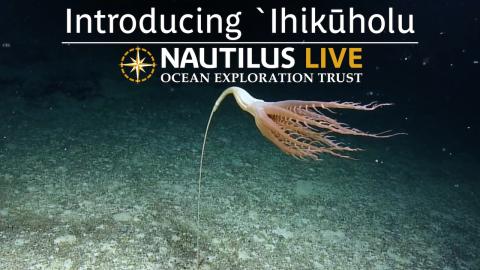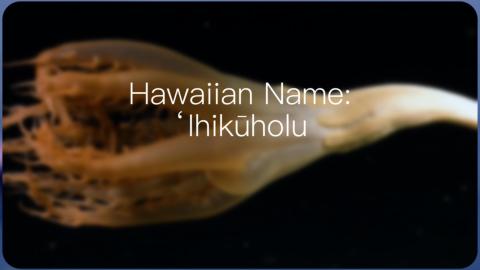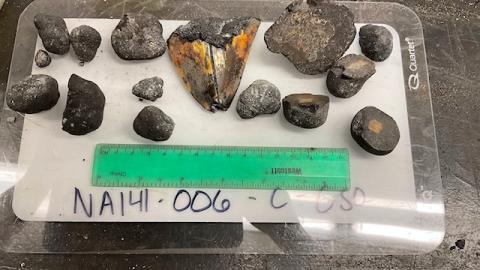Iridescent Red Ctenophore
During one of the first dives of our expedition exploring the Pacific Remote Islands Marine National Monument (PRIMNM) south of Johnston Atoll, the Corps of Exploration was thrilled to spot this beautiful red ctenophore reflecting back the lights of ROV Hercules. These comb jellies are the largest animals able to swim with the help of cilia - eight rows of comb plates made up of thin hairs beating together in rhythm. Watch this invertebrate shine as bright as a ruby lit up like fireworks down in the ocean’s depth.
Located in the central Pacific Ocean, between the Hawaiian Islands and the Line Islands, Johnston Atoll is one of the most remote atolls in the world. Surrounding the atoll, the PRIMNM manages massive habitat of deep seamounts and ridges which are poorly explored to date. Biodiversity sightings like this one contribute to the understanding of this protected region guiding cooperative management and conservation by the National Oceanic and Atmospheric Administration (NOAA) and the U.S. Fish and Wildlife Service (USFWS).
Learn more about this expedition funded by NOAA Ocean Exploration via the Ocean Exploration Cooperative Institute: https://nautl.us/3Hx5pZE

Deep Sea Biodiversity & Ancient Volcanoes near Johnston Atoll
Johnston Atoll, one of the most isolated atolls in the world, is located in the central Pacific Ocean, between the Hawaiian Islands, the Line Islands, and the nation of Kiribati. Around this atoll, the Pacific Remote Island Marine National Monument (PRIMNM) was expanded in 2014 to protect the full 200 nautical mile perimeter of the exclusive economic zone (EEZ) encompassing many unexplored seafloor features.



